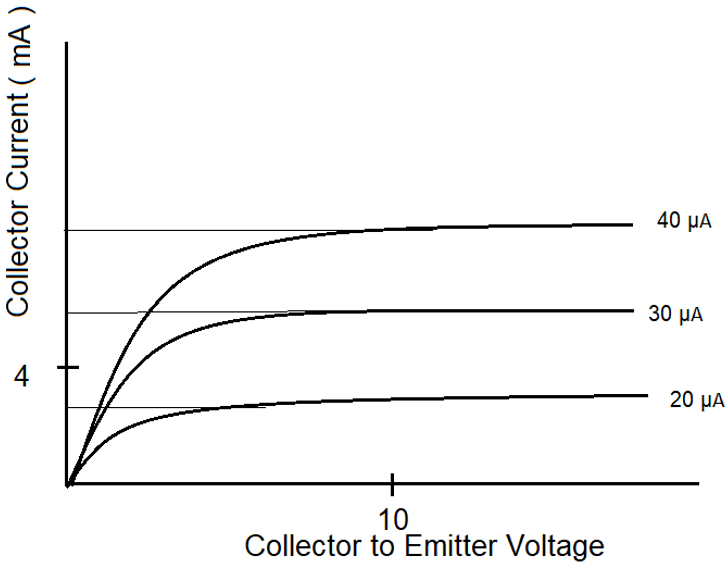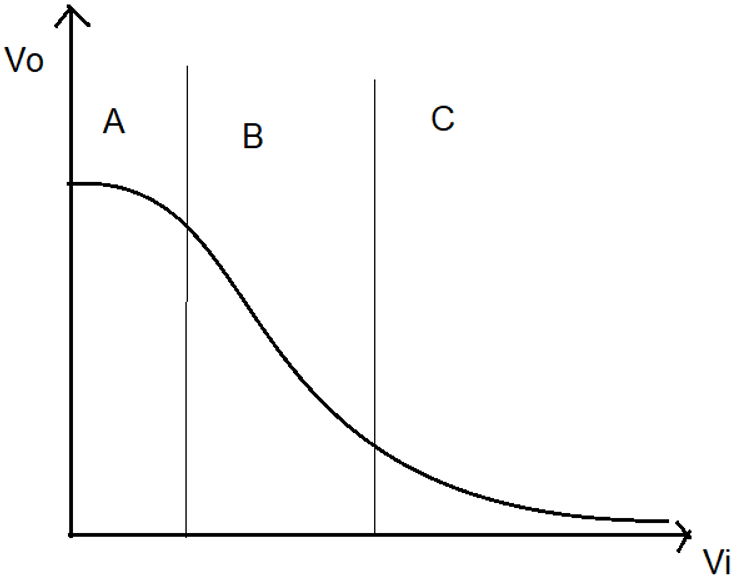This set of Engineering Physics Multiple Choice Questions & Answers (MCQs) focuses on “Transistors”.
1. BJT stands for __________
a) Bi-Junction Transfer
b) Blue Junction Transistor
c) Bipolar Junction Transistor
d) Base Junction Transistor
View Answer
Explanation: BJT stands for Bipolar Junction Transistor. It was the first transistor to be invented. It is widely used in circuits.
2. The doped region in a transistor are ________
a) Emitter and Collector
b) Emitter and Base
c) Collector and Base
d) Emitter, Collector and Base
View Answer
Explanation: There are three doped regions forming two p-n junctions between them. There are two types of transistors n-p-n transistor and p-n-p transistor.
3. Which region of the transistor is highly doped?
a) Emitter
b) Base
c) Collector
d) Both Emitter and Collector
View Answer
Explanation: In a transistor, emitter is of moderate size and heavily doped. Collector is moderately doped and larger as compared to the emitter. Base is very thin and lightly doped.
4. Both the junctions in a transistor are forward biased.
a) True
b) False
View Answer
Explanation: Emitter-base junction of the transistor is forwards biased while the collector-base junction of the transistor is reverse biased or vice versa depending on the condition desired.
5. Which junction is forward biased when transistor is used as an amplifier?
a) Emitter-Base
b) Emitter-Collector
c) Collector-Base
d) No junction is forward biased
View Answer
Explanation: For Transistor to be used as an amplifier, the emitter-base junction is forward biased and the base-collector region is reverse biased. This state is called an active state.
6. If Ie is the current entering the emitter, Ib is the current leaving the base and Ic is the current leaving the collector in a p-n-p transistor used for amplification, what is the relation between Ie, Ib and Ic?
a) Ie < Ic
b) Ic < Ib
c) Ib < Ic
d) Ie < Ib + Ic
View Answer
Explanation: The total current entering the emitter, Ie, goes to the base form where most of the current enters the collector and a very small fraction of the current leaves the base. Thus, Ib < Ic.
7. In the active state, the emitter-base junction has a higher resistance than the collector-base junction.
a) True
b) False
View Answer
Explanation: Since the emitter-base junction is forward biased, their resistance is lower than the collector-base junction, which is reverse biased.
8. From the figure, what is βac when VCE is 10V and Ic is 4 mA?

a) 50
b) 100
c) 150
d) 200
View Answer
Explanation: We know, βac = ΔIc/ΔIb
Now, at VCE = 10V, we read two values of Ic from the graph.
Then, ΔIb = 10 μA, ΔIc = 1.5 mA
Therefore, βac = 1.5 mA/10 μA
= 150.
9. In which state is the switch said to be on?

a) A
b) B
c) C
d) Neither region
View Answer
Explanation: A is the Cut-off region, B is the Active Region and C is the saturation region. When the transistor is not conducting, it is said to be switched off and when it is Region C it is said to be switched on.
10. A low input to the transistor gives __________
a) Low output
b) High Output
c) Normal Output
d) No Output
View Answer
Explanation: A low input to the transistor gives a high output and a high input gives a low output. The switching circuits are designed such a way that the transistor does not stay in the active state.
11. In a CE transmitter amplifier, if the amplification factor is 150 and the collector voltage is 4 V and resistance is 2 kΩ, what should be the value of RB, given that the dc base current is 10 times the signal current?
a) 5 kΩ
b) 10 kΩ
c) 15 kΩ
d) 20 kΩ
View Answer
Explanation: Here, the output voltage is 4 V.
So, ic = 4/2000
= 2 mA
The signal current through the base, IB = ic/β
= 0.013 mA
The dc base current = 0.13 mA
Assuming here, that VBE = 1.4 V, we get
RB = (4.0-1.4)/0.13
= 20 kΩ.
12. From the output characteristics of a transistor, one cannot calculate __________
a) IB
b) VBE
c) Ic
d) VCE
View Answer
Explanation: The output characteristics graph for a transistor gives us the relation between the collector current and the emitter voltage. It also gives us the value of base current. But it gives no information about the base-emitter voltage.
13. What is the expression for the Current Amplification factor?
a) \(\frac{\Delta I_c}{\Delta V_c}\)
b) \(\frac{\Delta V_c}{\Delta I_c}\)
c) \((\frac{\Delta I_C}{\Delta I_B})_{V_{CE}}\)
d) \((\frac{\Delta I_C}{\Delta I_B})_{V_{BE}}\)
View Answer
Explanation: Amplification factor can be defined as the ratio of the change in collector current to the change in base current at a constant collector-emitter voltage when the transistor is in active state. The correct expression for the amplification factor is: \((\frac{\Delta I_C}{\Delta I_B})_{V_{CE}}\).
14. In the output characteristics, the resistance is the __________
a) Slope of the curve
b) Trace of the curve
c) Asymptote of the curve
d) Reciprocal of the slope of the curve
View Answer
Explanation: The reciprocal of the slope of the linear part of the output characteristic gives the value of the output resistance, which is given by \((\frac{\Delta V_{CE}}{\Delta I_C})_{I_B}.\)
15. The output in an oscillator is __________
a) Discontinuous
b) Oscillating
c) Self-sustained
d) Spiked
View Answer
Explanation: In an oscillator, we get ac output without any external input signal. Thus, the output in an oscillator is self-sustained. To attain this, an amplifier is taken, which uses a transistor.
Sanfoundry Global Education & Learning Series – Engineering Physics.
To practice all areas of Engineering Physics, here is complete set of 1000+ Multiple Choice Questions and Answers.
If you find a mistake in question / option / answer, kindly take a screenshot and email to [email protected]
